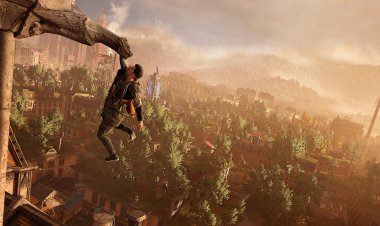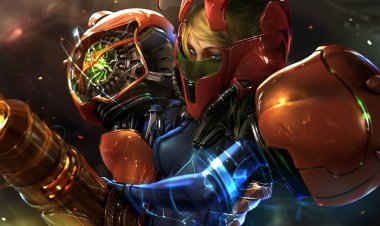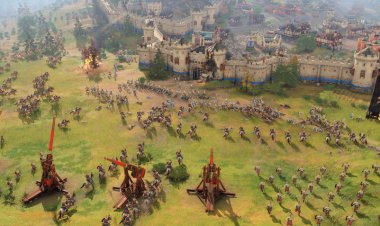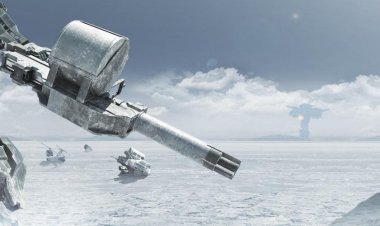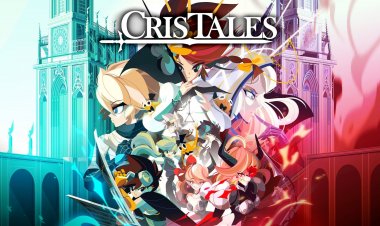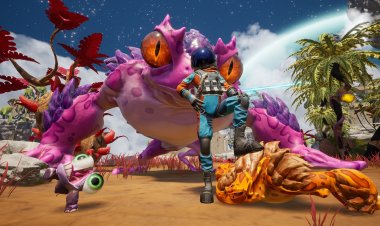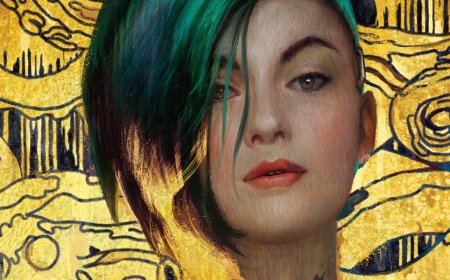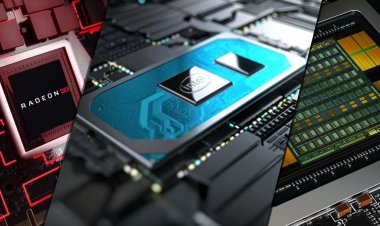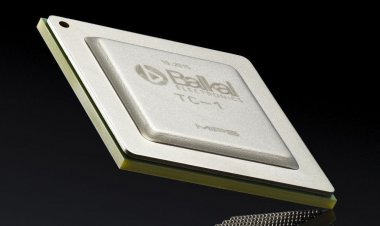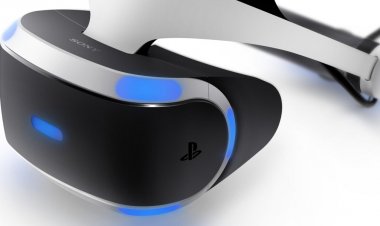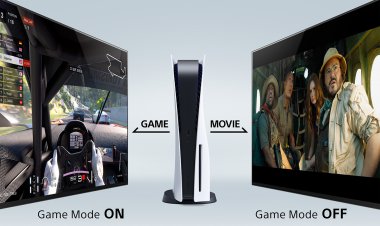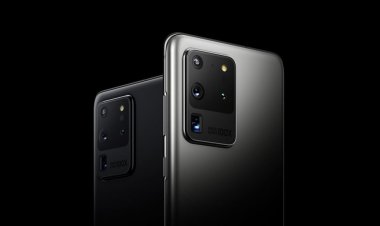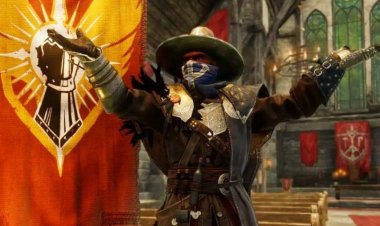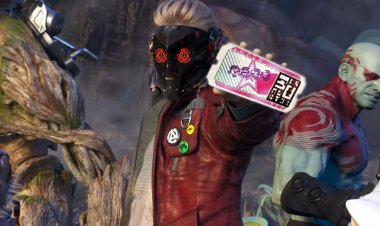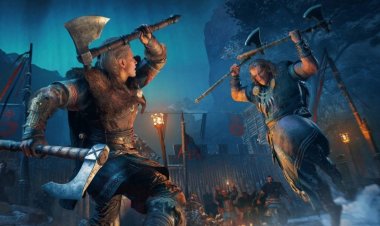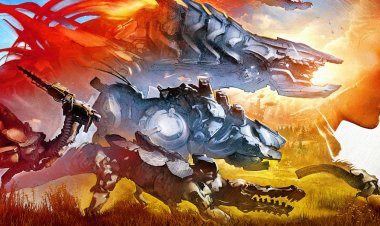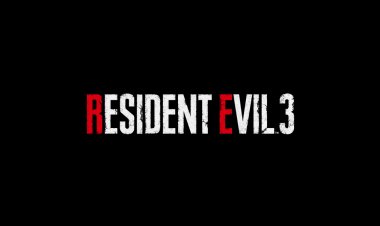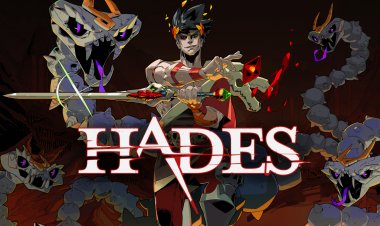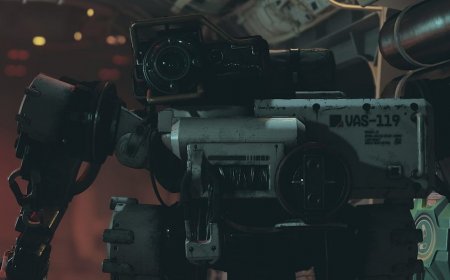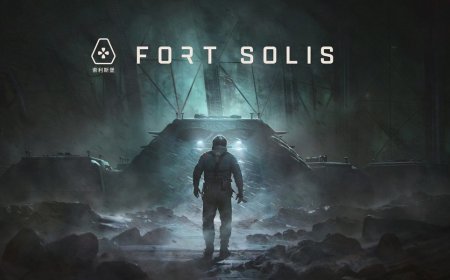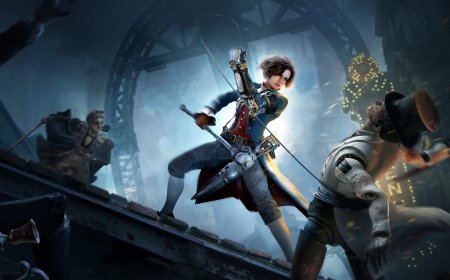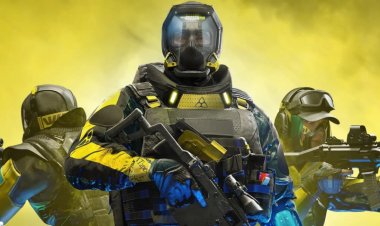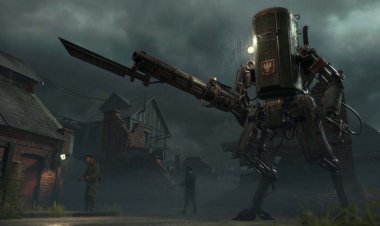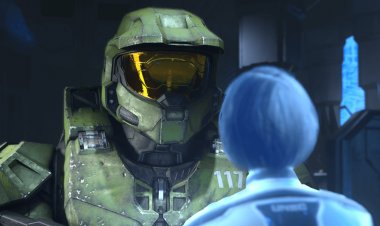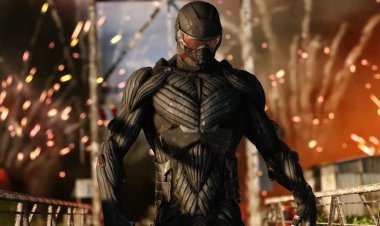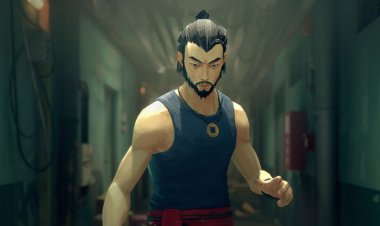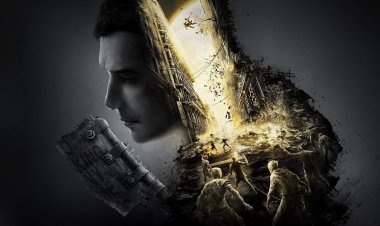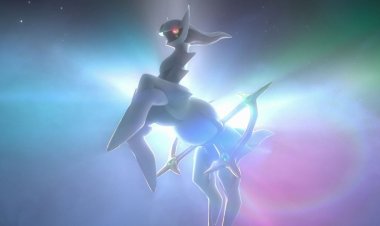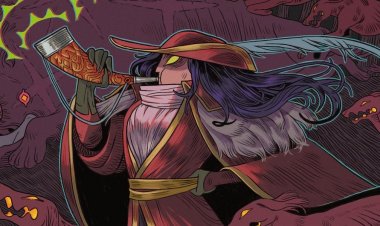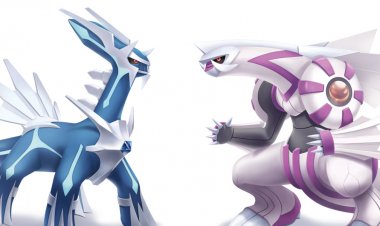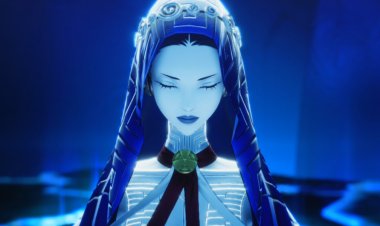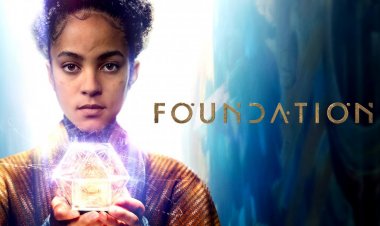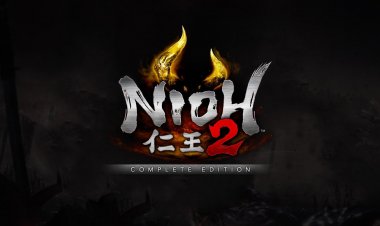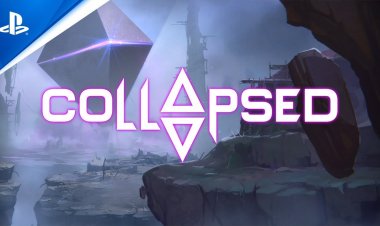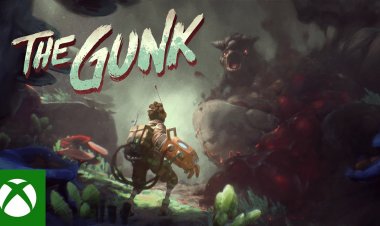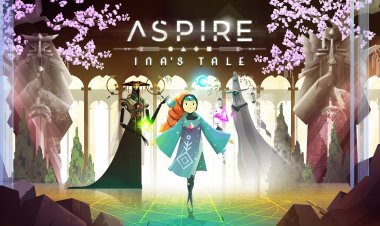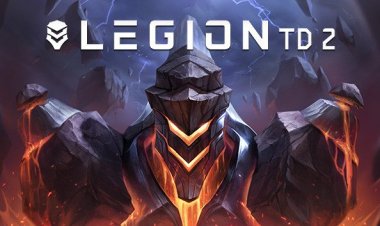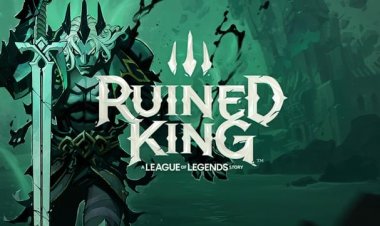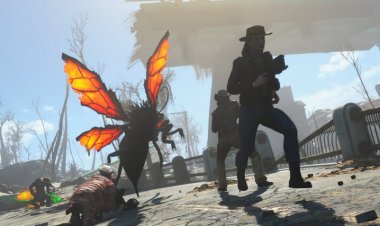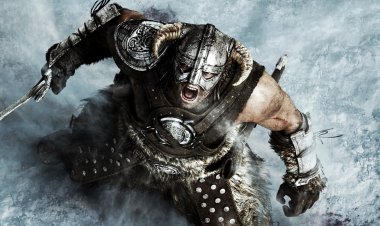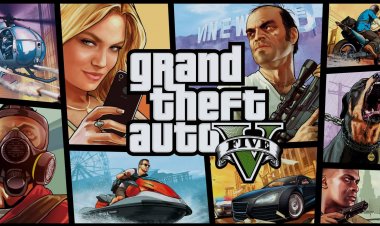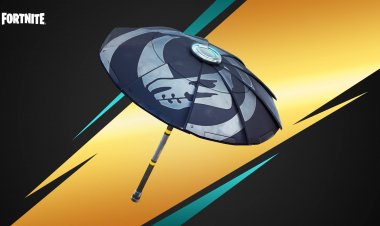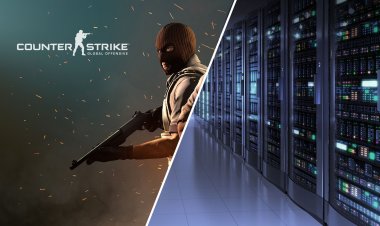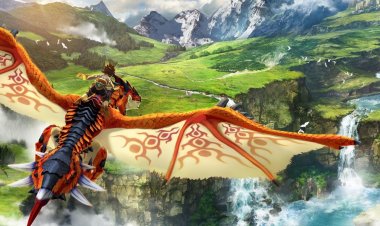Metroid Dread Review
Legendary two-dimensional projects of the Metroid series of NES and Super Nintendo generations became founders of the popular "metroidvania" direction, distinctive features of which are systematic study of a whole, multi-layered game world.

The legendary two-dimensional projects of the Metroid series of the NES and Super Nintendo generations became the founders of the popular "metroidvania" direction, the distinctive features of which are the systematic study of a whole, multi-layered game world consisting of complex, intertwined mazes and the search for objects that help to penetrate previously inaccessible locations. Oddly enough, having such a famous franchise at its disposal, Nintendo does not very often give the green light to new developments. Nevertheless, this year Metroid fans were really fabulously lucky — Metroid Dread was released on the Nintendo Switch — a full-fledged fifth "numbered" part, continuing the Metroid Fusion storyline, the release of which dates back to 2002.
It is impossible to start a conversation about Metroid Dread without a brief digression into the strange background of the creation of this project. Initially, one of the fathers of the series, Yoshio Sakamoto, was going to make a game back in the mid-2000s for the Nintendo DS portable console, but certain technical limitations did not allow him to realize ambitious plans, after which the developments of the concept were shelved. It would seem that Dreadlocks were forgotten forever, and the resulting time vacuum was filled by the third part of Metroid Prime, the controversial Metroid: Other M, as well as Metroid Prime: Federation Force for Nintendo 3DS, frankly coolly accepted by fans. After long wanderings in three pines, Nintendo has finally returned to the two-dimensional roots of the series, releasing Metroid: Samus Returns — a great remake of the game from the original Game Boy. Obviously, this success predetermined the fate of the Metroid Dread, which was lifted from the hold of a corporate liner and suddenly announced in the summer of 2021. Responsibility for the development was placed on the shoulders of the authors of Samus Returns, the Spanish studio MercurySteam, under the strict supervision of Yoshio Sakamoto himself.
Even taking into account a number of not very successful experiments, it is worth noting that Nintendo has always been particularly scrupulous about new parts of Metroid, as if guided by the saying - measure seven times, cut once. So, in the era of the Nintendo 64 console, when all the key franchises of the company began to massively switch to full 3D, only Metroid was left behind - due to the fact that absolutely no one, including Sakamoto, could figure out how to correctly adapt the game to a three-dimensional perspective and not spoil anything. In this regard, each new arrival of the hunter for space tentacles Samus Aran hints at the fact that the Japanese company is absolutely sure of the quality of the final product. Did the expectations come true this time?

Metroid Dread starts almost immediately after the events of Metroid Fusion, where Samus faced a new threat of universal scale - parasites X. These primitive-looking alien organisms are able to quickly infect the bodies of other creatures, and subsequently take on their appearance, just like the alien from the movie "Something", and only the vaccine from the DNA of the metroid helped the heroine survive the infection. As expected, the X-parasites were eventually destroyed, but soon there were news of new individuals living on the remote planet ZDR. To deal with the problem, the Galactic Federation sent seven high-tech robots codenamed EMMI to the planet, which were supposed to restore order once and for all. But, as often happens, the technique failed, and the connection with EMMI was completely lost. Naturally, in any incomprehensible situation, Samus Aran comes to the rescue, whose task will be to investigate the loss of valuable Federation assets and prevent the emergence of new X-parasites.
Considering that many gamers of the younger generation are most likely not familiar with the plot and ent of the series, the authors were obliged to bring everyone up to date at the very beginning of Metroid Dread, but it turned out to be, to put it mildly, dreary. The retelling of the events of the previous parts is made in the form of several paragraphs of dry text, as if from a textbook, and a couple of static pictures — we might as well have been given a link to the corresponding Wikipedia page. Fortunately, the situation is quickly saved by spectacular cutscenes on the engine, in which there are practically no dialogues, but quite a lot of well-staged action and good, intriguing plot twists.

Due to its gloomy atmosphere, the Metroid series has always stood out in comparison with other Nintendo exclusives, and Metroid Dread does not look like a big exception here, although against the background of modern industry trends, where every second game is dedicated to the end of the world or post-apocalypse, Metroid no longer seems something unusual. The design of the environment is made in a style familiar to fans with an abundance of abandoned space bases, laboratories, underground caves and numerous architectural elements of the ancient race of bird-like aliens Chozo. Not to say that the developers jumped over their heads — yes, the flooded base, referring us to the first Metroid Prime, looks amazing, but some levels are too similar to each other, which sometimes makes it difficult to navigate in space, and the color palette is too neutral in places, with prevailing gray and brown colors. Nevertheless, visually the game looks quite interesting, largely due to the beautiful lighting effects and a three-dimensional perspective with a large number of moving background elements, such as animals prowling somewhere in the distance, lava fountains, various mechanisms, and so on, which gives a two-dimensional picture a pleasant illusion of volume. The authors also did a very good job on short in-game cutscenes, which are naturally woven into the gameplay and do not interrupt what is happening with the loading screen, creating the impression of continuous action. These features favorably distinguish Metroid Dread from many independent projects, which, for all their artistry and style, still seriously lose to the Nintendo exclusive in technical equipment. It is important to note that the game works perfectly on the Switch hybrid console, both in dock mode and in the portable version, delighting with stable and smooth 60 frames per second during gameplay, switching to 30 frames only in cutscenes.
Perhaps the key question before the release of the new Metroid was how relevant a series of such venerable age would be against the background of numerous young and audacious competitors like Hollow Knight, Axiom Verge and Ori dilogy. As practice has shown, Sakamoto and his Spanish Inquisition did not look too much at what was happening in the industry and made Metroid Dread the way it theoretically could have turned out back in the mid-2000s — with all the positive and negative sides.
The developers did not invent the wheel and try to revolutionize the "metroidvaniy", but instead skillfully borrowed some elements from other genres, in particular, horror.
The main innovation in terms of gameplay was EMMI - relentless killer robots that play the role of mini-bosses in the game. At first, Samus can't resist metal monsters in any way — at these moments the game balances between stealth and pursuit mode, evoking clear memories of horror films such as Clock Tower, as well as other projects where an invulnerable adversary chases the player. In this regard, it is important to note that EMMI patrols only strictly limited areas - externally sterile, covered with sticky white fog, a kind of buffer zones between standard locations. On the one hand, this makes the process easier, since you can safely explore the world without fear of sudden fatal attacks in the spirit of Alien: Isolation, but on the other hand, such a concept constantly keeps you in suspense. You will always remember that somewhere behind the wall another EMMI is waiting for you, and if you just step into its territory, the conversation will be raised.
Despite the lack of vision, the frantic pieces of iron have brutal hearing and move extremely fast. In addition, the developers have done an excellent job on artificial intelligence — do not think that you will be able to fool EMMI by continuously running in circles to the music from Benny Hill, because sooner or later the robot will either stop chasing or climb a detour, and given the high speed of what is happening, you will have to react instantly. If EMMI still manages to overtake Samus, you will have only a couple of seconds to get into a very non-obvious parry timing in time and dodge a deadly blow that sends you straight to the Game Over screen. The usual Samus weapon will not even be able to scratch the EMMI case, so it will be possible to eliminate the robot only when you find a special kind of energy that turns an ordinary wrist gun into a powerful "omega gun".
The battle scheme in this case is quite specific, because when shooting from a new gadget, you cannot move, and the camera angle is transferred over the shoulder of Samus - hello Resident Evil 4. So, to calm the next EMMI, you first need to melt the armor layer on the robot's head, releasing a long queue of short shots at the target, after which EMMI will slow down sharply, but will continue to move in the direction of the player like a zombie. A fatal headshot can only be made by accumulating an omega cannon charge, which will take about 5 seconds, which means you will need to calculate the safe distance to EMMI, which will be coming at you with the heavy tread of a killer machine — these nervous moments are somewhat reminiscent of a series of Fatal Frame horror films, where sometimes you need to let the ghost as close to the camera as possible for the most effective close-up shot. Unfortunately, immediately after the destruction of EMMI, the supply of forces of the omega cannon ends, and you will not be able to play with it for your own pleasure.
The traditional exploration and search for upgrades for the costume remained untouched for the series, although the authors significantly accelerated the pace and dynamics of the gameplay. If in the previous parts of Metroid it was sometimes possible to catch your breath, overcoming some particularly long corridor, then the locations in Metroid Dread, with very considerable sizes, are very tightly compressed into a tangle in such a way that there is practically no free meter of space around you where nothing would happen. At the same time, Samus' movements have become much faster, and the controls are sharper and more responsive, which especially helps when playing cat and mouse with EMMI, as well as battles with extremely aggressive and athletic enemies in the final stages of the passage.
Among the ambiguous aspects of Metroid Dread, we will have to recognize the structure of the game world, resembling the symbiosis of Metroid Fusion and Samus Returns. Large locations are interconnected exclusively by a system of teleports and transports by channels, so it will not work to find any interesting zone, as if by chance. The process of passing sometimes seems unnecessarily linear, although it is, of course, possible and necessary to go back in search of hidden rockets and energy cells. An artificial intelligence named Adam has returned again, who, as before, tirelessly gives Samus valuable advice and says where to go next — sexism and "mansplaining" in all fields - thank you for not taking us to the right location at least by the handle.
Bosses could cause fears, since in Samus Return the shooting of monotonous mini-bosses of metroids was already boring by the middle of the game, but in Metroid Dread there is no such problem and the bosses correspond to the overall rather high level of the series. Some battles turned out to be a little more interesting, others a little more boring, and some will seriously make hardcore fans sweat. As noted above, the dynamics of the gameplay has noticeably increased, and you will not be able to crush the bosses with tank tactics, relying on a strong suit and Samus health.
One of the most important components of the corporate atmosphere of Metroid has always been music. One of the veterans of the series, composer Kenji Yamamoto has returned to work again, and I must say that the soundtrack of Metroid Dread turned out to be really memorable, especially for the compositions accompanying the collision with EMMI. Barely audible, minimalistic, uncomfortable electronic sounds instantly create a feeling of anxiety, and sudden changes of rhythm when detected will give your heels additional sparks during flight. In turn, the tracks that sound at ordinary locations are not too impressive at first glance, but they are not annoying at all and with numerous repetitions they already seem to be an integra l part of the level.




What's Your Reaction?













